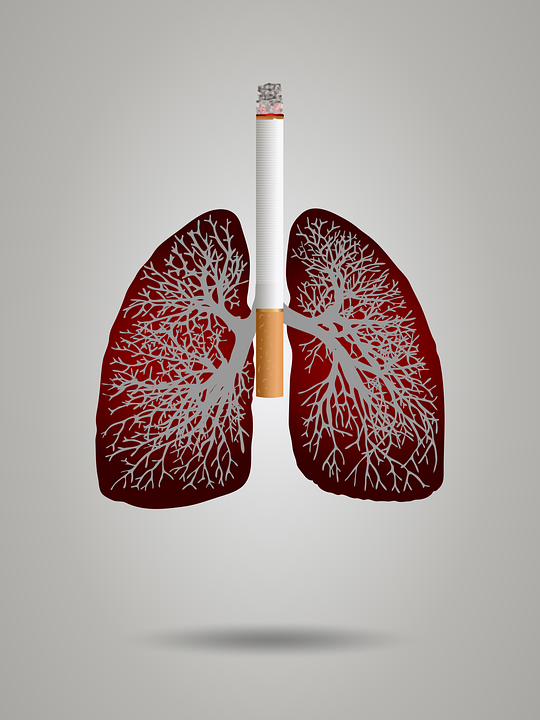Cigarette smoking is the cause of over 90 percent of lung cancer cases. The National Cancer Centre Singapore (NCCS) shares other causes and risks.
Lung cancer is the second most common cancer among males in Singapore, and the third most common cancer among females
While lung cancer is one of the deadliest cancers, it is also one of the most preventable.
Since cigarette smoking is the cause of over 90 percent of lung cancer cases, avoiding smoking or quitting smoking can significantly lower a person’s risk of developing this disease.
“A smoker’s risk of lung cancer is 15 to 25 times that of a non-smoker,” says Dr. Daniel Tan, Senior Consultant, Division of Medical Oncology, National Cancer Centre Singapore (NCCS), a member of the SingHealth group.
“The risk increases with the number of cigarettes smoked each day and the number of years of smoking. Quitting at any age will significantly lower the risk,” he adds.
What is lung cancer?
Lung cancer typically takes years to develop and occurs when abnormal cells grow uncontrollably in one or both lungs. These abnormal cells develop into a tumor and disrupt the normal functioning of the lungs. Patients may experience a cough that won’t go away, and be short of breath.
In its advanced stage, lung cancer can spread from one lung to the other, and further to the lymph nodes and organs such as the brain and liver. It can also spread to the bones.
There are two main types of lung cancer:
1) Non-small cell lung cancer: This is the more common of the two. Non-small cell lung cancer is further categorised into:
- Squamous cell carcinoma
- Adenocarcinoma
- Large cell carcinoma
2) Small cell lung cancer: This type is more aggressive and usually affects heavy smokers. Small cell lung cancer accounts for about 10 percent of all lung cancer cases. It tends to spread to the liver, bone, and brain.
What are the causes and risk factors of lung cancer?
The causes and risk factors of lung cancer include:
- Cigarette smoking
- Pipe, cigar, and marijuana smoking
- Exposure to secondhand smoke (passive smoking) – this exposure especially affects the spouses of smokers who have a higher risk of developing lung cancer
- Exposure to unsafe levels of workplace chemicals such as asbestos, coal gas, chromium, nickel, arsenic, vinyl chloride, and mustard gas.
However, experts disagree on how much exposure to these carcinogens is dangerous - Exposure to unsafe levels of radon gas – radon gas is a radioactive gas produced from the natural breakdown of uranium in soil and rocks. It is present in the air we breathe
“Other risk factors include a family history of lung cancer, excessive intake of alcohol, and smoking-related lung diseases such as emphysema,” says Dr. Tan.
Source: Healyhxchange.sg





0 Comments